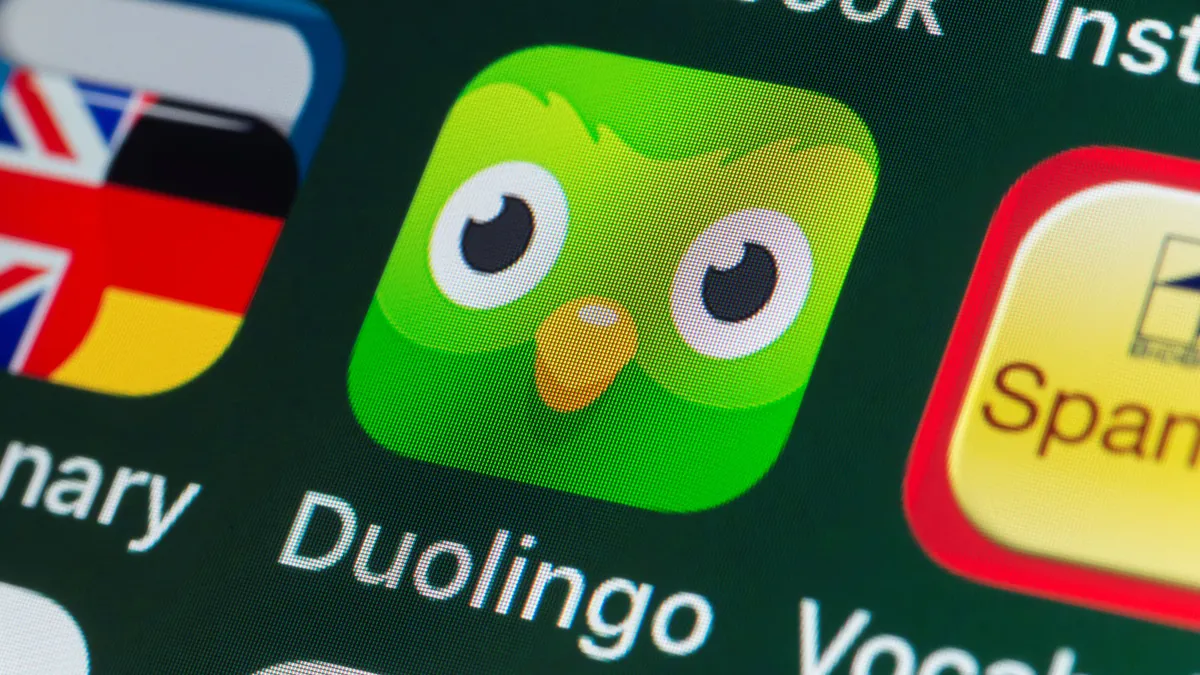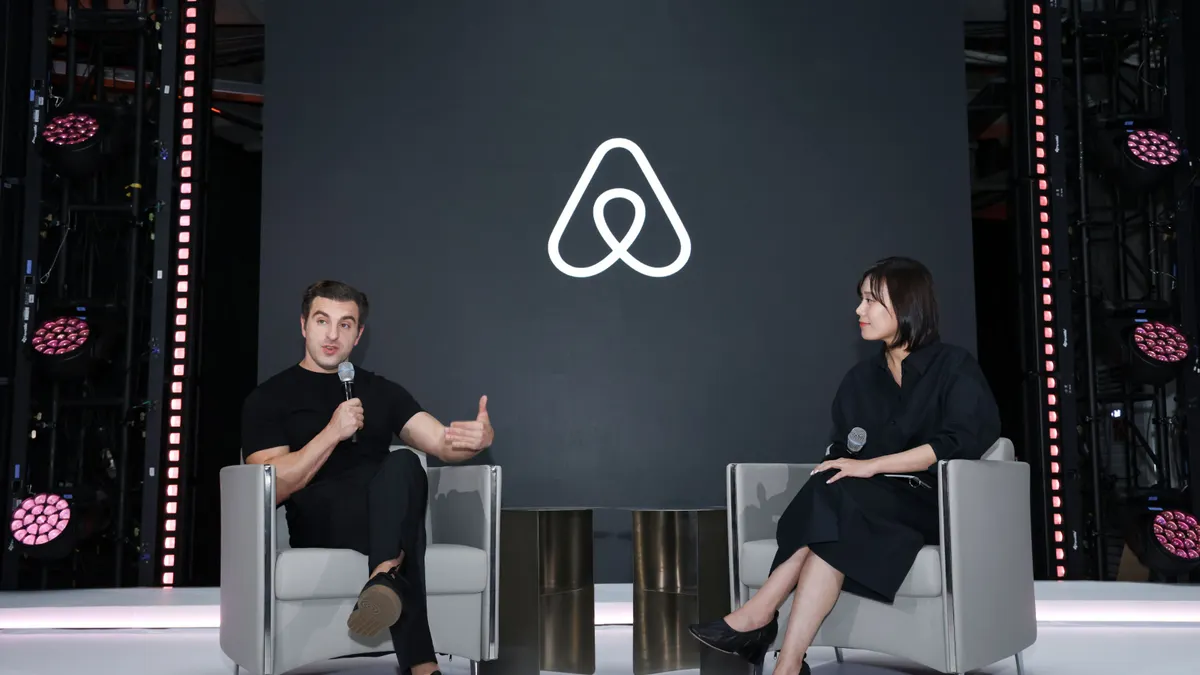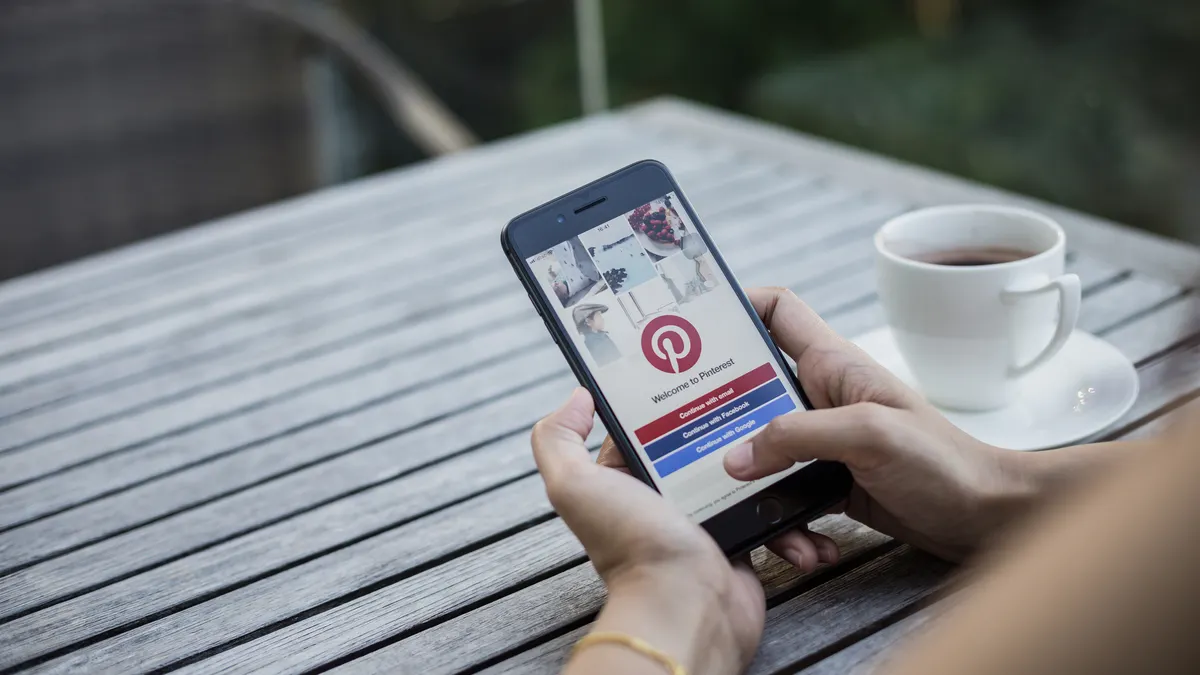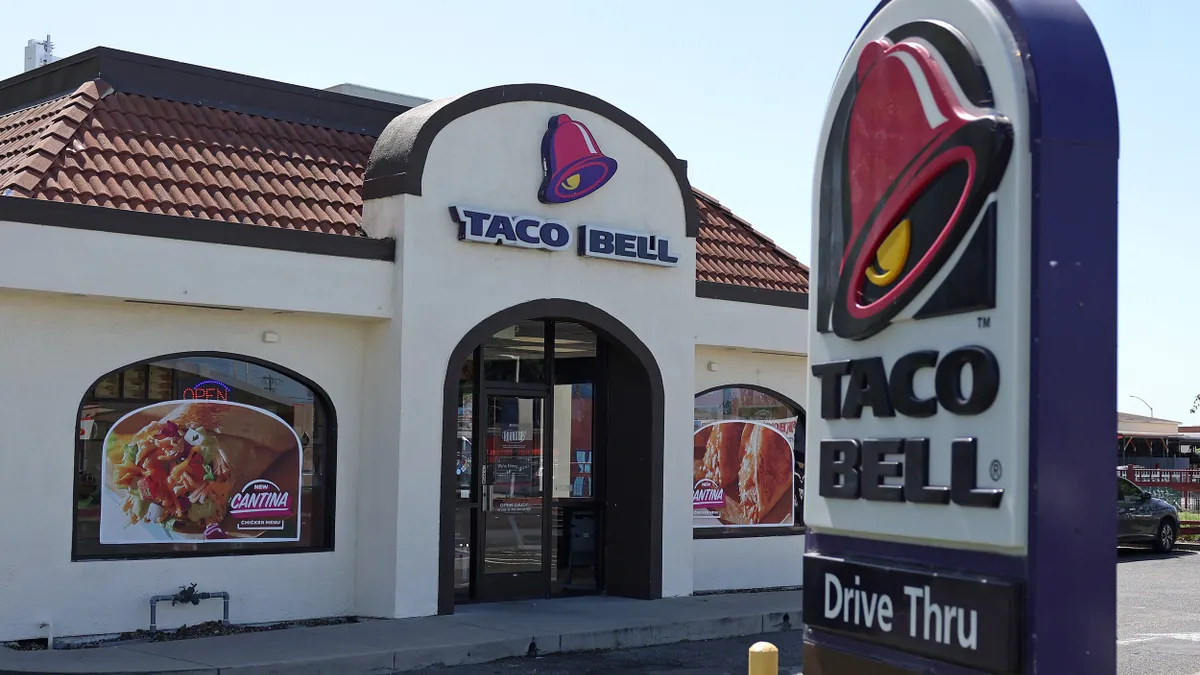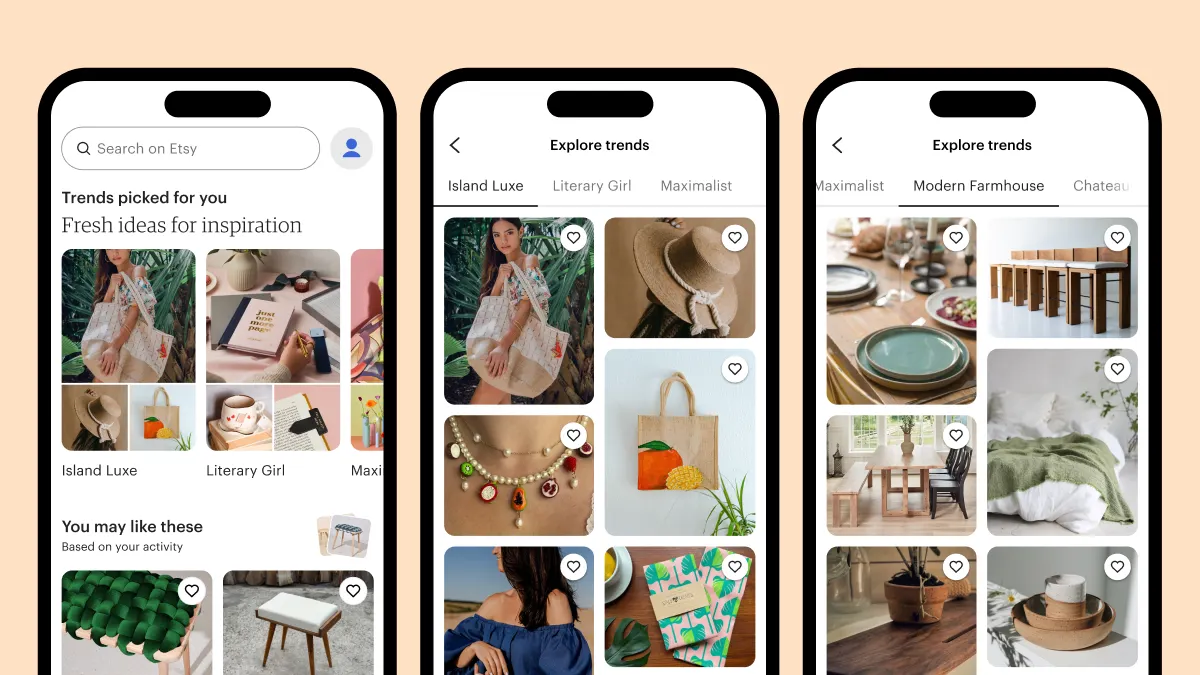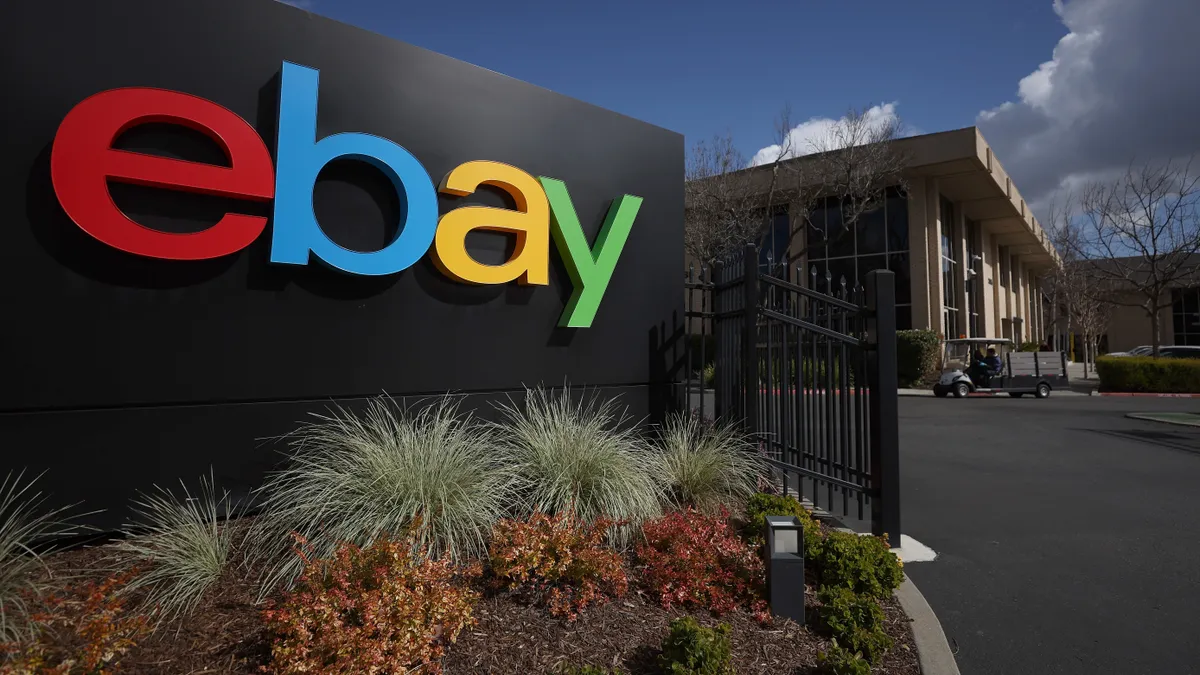Duolingo co-founder and CEO Luis von Ahn shared his ambitions for an “AI-first” company in a letter sent to employees in April.
“One of the best decisions we made recently was preaching a slow, manual content creation process with one powered by AI,” he said in the letter, shared on LinkedIn. “We’d rather move with urgency and take occasional small hits on quality than move slowly and miss the moment.”
To put AI first, the company would stop using contractors for work that AI can handle, use the technology in hiring decisions, and only let teams hire additional members if they could not automate more of their work.
The backlash was swift. Consumers took to social media to say they’d boycott the brand, and on the company’s Q2 2025 earnings call Thursday, von Ahn acknowledged the impact that letter had: the company’s customer growth, while still impressive, was dampened by his AI commentary.
The language app’s daily active users grew 40% year over year in the second quarter — on the low end of company expectations. It also was slower than the massive uptake seen in recent years: the company saw 60% year-over-year growth in daily active users for the same period last year as well as in the second quarter of 2023.
“The reason we came towards the lower end was because I said some stuff about AI, and this was — I didn't give enough context,” von Ahn said on the call. “And because of that, we got, particularly in our social media, we got some backlash on it.”
The dip in user growth was mainly concentrated in the U.S. and Canada among younger audiences, von Ahn said.
Duolingo, and companies like it, need to understand consumers’ attitudes toward AI and convey the value to customers, experts told CX Dive.
“One of the fundamental challenges with AI, largely, is that consumers do not understand it,” Stephanie Liu, senior analyst at Forrester, told CX Dive.
Studies vary about consumers’ AI usage — in part because consumers don’t always know when they’re using AI.
Only 38% of online adults in the U.S. say they have used generative AI, according to a Forrester survey of nearly 32,000 consumers. But among the 12,000 who have used generative AI, 61% use the technology at least weekly. On a more global scale, Accenture found that more than 7 in 10 consumers use generative AI tools regularly.
Usage matters, because like any new technology, the more consumers use AI, the more likely they are to trust it. The other issue is how that use of AI is conveyed by companies themselves.
“People are not necessarily afraid of AI itself, but we are afraid of what it means when companies suggest that human work is easily replaceable,” Terra Higginson, principal research director at Info-Tech Research Group, said in an email. “I advise companies to avoid messaging that even hints at ‘we can replace you with machines.’ It damages the brand, and it’s shortsighted.”
Brands ought to keep customers at the forefront when they’re rolling out AI and communicating about its use, both Liu and Higginson said.
“The No. 1 mistake I think that a lot of companies make, not just Duolingo, is they fail to articulate how AI will benefit the customer or the end user,” Liu said. “For Duolingo, it's a very clear value proposition of ‘we're going to save money by laying off contractors’ and so on. But there was nothing in there that I saw about how it would improve the user experience or help you learn a new language.”
Forgetting consumers in communication was a miss, she said. The company also failed to address consumer concerns about accuracy and quality.
“They basically cut the entire customer out of the messaging, the decision, the product's decision, and that's why I think the backlash was so stark, especially for something like learning a language,” Liu said.
Von Ahn says he believes the impact “is in the past.” The company stopped posting edgy posts on its social media in an attempt to improve sentiment toward Duolingo, and the company chose not to offer guidance on daily active users, or DAU.
“We typically only guide to DAU whenever there's going to be a big change,” he said. “This time, we're not guiding to DAU. So that just should tell you that kind of, at least for next quarter, we're not expecting a big change from where we are now.”
Higginson said if she were advising Duolingo today, she’d encourage them to shift the story.
“Talk about empowering employees with the best tools to create value for learners,” Higginson said. “That also helps build a stronger moat around their business, because it makes the product better and harder to copy.”
To Liu, it all comes back to the question: “How does AI benefit the customer?”



